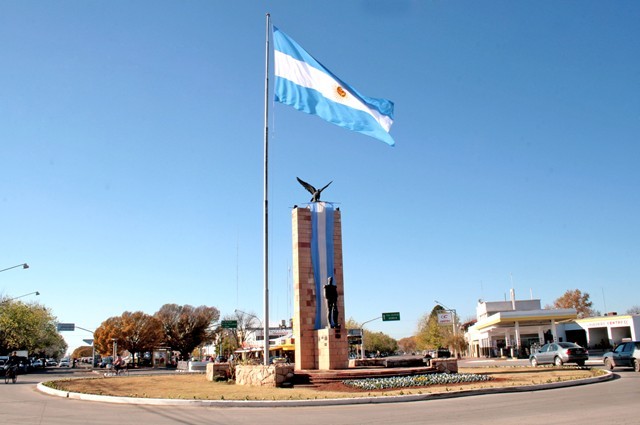Its lands were inhabited in the beginning by the Algarroberos Puelches. They were known as “the little Pampa Sticks” and included the territory between the rivers Salado, Atuel, and Diamante. The Araucanos established themselves around these latitudes, as soon as the Spaniards arrived, and it was in the second half of the nineteenth century when the government ordered the construction of the new Fort, among others, to defend them from the Araucanos.
Already in 1884 Don Diego de Alvear, acquires the land with the objective of creating in one of them a colony farm, which was founded on May 20, 1901, and when the priest Toulouse of San Rafael, blesses the first irrigation canal and the land at the Chapel of St. Ernesto, currently Sacred Heart of Jesus.
In September 1912, due to its economic importance and the extent of its territory, about 2,000 neighbours come up with a request to the Government of the Province, for the District of Colonia Alvear to be declared a Department, considering it was dependent of San Rafael.
On July 27, 1914, the Camara Baja approved the project of a law, and on August 6 by the Senate, it was then converted into the Law No. 635 on August 12, 1914, when it becomes a Department of the Province. Its name was a tribute to the distinctive winner of the Battle of Ituzaingó: Don Carlos Antonio José Gabino del Ángel of the la Guarda of Alvear, who was born on October 25, 1789.
It was of great economic boost, both to the Department and to the south zone, in 1912 the arrival of the railroad, being the small stations of the latter, the ones which gave place to the populations as those of Corral de Lorca, Ovejería, Gaspar Campos, Goico, Canalejas, La Mora and Los Huarpes.
In 1953 Alvear Oeste or Pueblo Luna, was integrated into urban outskirts of the city of General Alvear. In this way, and with the construction of the roads, the Department of Alvear has joined other markets in the country.






